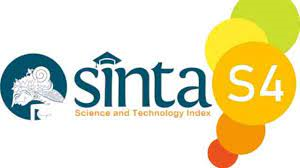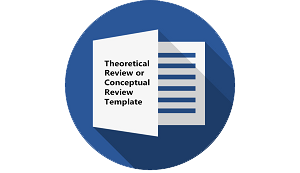CORRECTIVE FEEDBACK IN ENGLISH CLASS
DOI:
https://doi.org/10.30957/ijotl-tl.v3i3.502Keywords:
corrective feedback, classroom based research.Abstract
 The design of this study was classroom based observation research. The focus of this study was corrective feedback made by English teachers in the classroom. This study identified occurrences of the correction during the daily conversation course and the way teachers performed the corrective feedback in the classroom. Data were presented under the descriptive way and analyzed inductively in terms of features and facts of teacher’s teaching process (teacher’s corrective feedback). The study revealed that teacher’s corrective feedback is one factor that influences the progress of students in learning English. It did not bother the students in building a communication. The evidence showed that that the teacher applied recasts, explicit correction, and clarification requests. Recasts was dominated the type of corrective feedback used by the teacher because it did not make the students confused. Three criteria of effective corrective feedback occurred in correction given by the teacher. He was consistent in treating the errors, gave correction without breaking the flow of the communication, and did not ridicule the students in giving correction.Â
Downloads
References
Al-Wasilah, A. Chaedar. 2002. Pokoknya Qualitative. Jakarta: Pustaka Jaya.
Andriany, D. 2004. The Study on Speaking Class of the Tourism Program of the Third Year Students of SMKN 1 Tenggarong. Thesis. Samarinda: College of Education, Mulawarman University.
Bogdan & Biklen. 1992. Qualitative Research for Education (2nd edition). Massachusetts: Allyn and Bacon, Needham Heights.
Budiharso, T. 2004. Prinsip dan Strategi Pengajaran Bahasa. Surabaya: Penerbit Lutfansyah Mediatama.
Budiharso, T. 2006a. English Language in Teaching, Discourse Analysis, and Contrastive Rhetoric. Yogyakarta: Stepapublishing.
Budiharso, T. 2006b. Pengajaran Bahasa Berbasis Konteks dalam Perspektif Analisis Wacana dan Linguistik. Surakarta: Penerbit Pustaka Cakra.
Budiharso, T. 2006c. Pengantar Penulisan Karya Ilmiah. Samarinda: Penerbit Certelbooks.
Crane, S. Level of Feedback, http://coe.sdsu.edu/eet/articles/lofeedback/start.htm . (retrieved on February, 15th 2005).
Cross, K and Angelo. Classroom Research and Assessment, http://www.cariboo.bc.ca/pd/workshopdesc/classroom%research%20&20assessment.html, (retrieved on February, 15th 2005).
Kim, Ji Hyun. 2005. Issues of Corrective Feedback in Second Language Acquisition, www.tc.columbia.edu/academic/tesol/webjournal/jihyunKim.pdf, (retrieved on November, 15th 2005).
Magilow, D.H. 2005. Case Study #2: Error Correction And Classroom Affect, http://web.utk.edu/~germslav/uphome/1999cPrize.html, (retrieved on November, 15th 2005).
Miles, Huberman, Michael.1994. Qualitative Data Analysis: An Expanded sourcebook, California: Sage Publication.
Patton, Michael Quenn. 1990. Qualitative Evaluation and Research Methods, California: Sage Publication.
Salikin, H. 2005. Correcting Errors in the Communicative Speaking Class, http://www.unej.ac.id/fakultas/sastra/sasra_en/jurnal/vol-02/hairus.pdf, (retrieved on November, 15th 2005).
Sudikin, Basrowi, Suranto. 2002. Manajemen Penelitian Tindakan Kelas, Jakarta: Insan Cendikia.
Syahiddin. 2004. Students’ Perception Toward Their English Teachers’ Explicit Corrective Feedback on Form at the First Grade of SLTP Negeri 16 Samrinda in Academic Year 2002/2003. Thesis. Samarinda: College of Education, Mulawarman University.
Downloads
Published
How to Cite
Issue
Section
License
Authors who publish with this journal agree to the following terms:
- Authors retain copyright and grant the journal right of first publication with the work simultaneously licensed under a Creative Commons Attribution-ShareAlike 4.0 International License that allows others to share the work with an acknowledgement of the work's authorship and initial publication in this journal.
- Authors are able to enter into separate, additional contractual arrangements for the non-exclusive distribution of the journal's published version of the work (e.g., post it to an institutional repository or publish it in a book), with an acknowledgement of its initial publication in this journal.
- Authors are permitted and encouraged to post their work online (e.g., in institutional repositories or on their website) prior to and during the submission process, as it can lead to productive exchanges, as well as earlier and greater citation of published work (See The Effect of Open Access).












